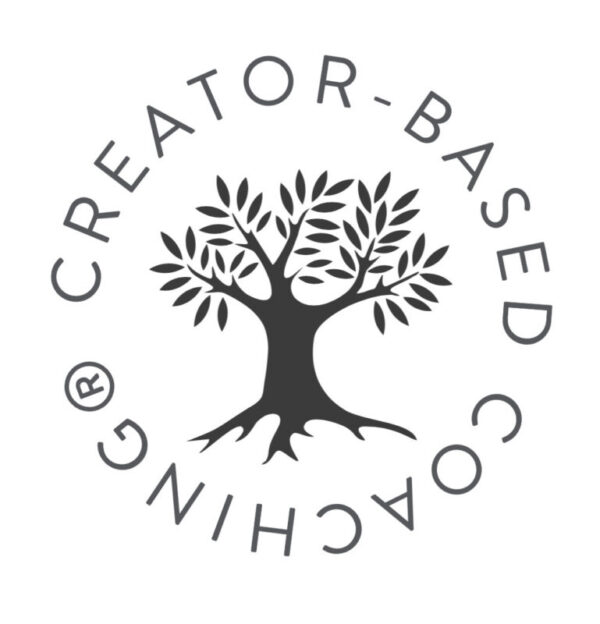The Gift of Leaning In
What is Mindful Self-Compassion?
Let’s start with what Self-Compassion is not. In The Force of Kindness, Sharon Salzberg said, “….compulsive self-concern with “I, me, and mine” isn’t the same as loving ourselves….Loving ourselves points us to capacities of resilience, compassion, and understanding within that are simply part of being alive.
Self-compassion builds resilience, understanding, and compassion within us. If what you’re doing is not doing that, it’s not self-compassion.
Remember that phrase, Permission to be human? We are, but nature resilient, compassionate, and understanding. We are born that way. When we innocently build false beliefs and negative thought patterns, combined with trauma, fears, and hurts, it’s easy to be self-centered and protective, but that is not self-love or self-compassion.
Self-compassion is recognizing that it hurts, knowing your creator loves and cares for you, and building a nurturing relationship of love and acceptance with yourself. It is essential self-care.
Self-Compassion begins with the recognition of our suffering. This requires a degree of mindfulness. It also means refraining from self-judgment and inflicting further pain on ourselves through our thoughts. We all make mistakes and have hardships. It’s part of a 50/50 life. Allowing and recognizing our periodic suffering and giving ourselves grace is the beginning.
The second step in self-compassion is owning that we all suffer from similar maladies. It’s common humanity. When you suffer, you can rest assured that you are not alone. Someone on this planet, in many places actually, people are feeling the same thing. You are never alone in your suffering. You are among many, suffering and supporting you simultaneously.
Finally, and this is the part everyone thinks about when defining Self-Compassion, we care for ourselves with a Creator-based® Comfort of one kind or another. I know you have all seen me rub my left arm with my right hand. That’s a quick self-compassion practice I love and a reassurance for my inner self that she is loved. I am loved. You can do the same. Choose a CB®Comfort and begin to practice today.
To quote Kristin Neff, “Self-compassion provides an island of calm, a refuge from the stormy seas of endless positive and negative self-judgment so that we can finally stop asking, “Am I as good as they are? Am I good enough?” It is the warm, supportive care that we deeply yearn for.
Resistance: What we resist persists. Lean in.
The opposite of ‘Praise and Glory’ is actually ‘Worry and Gripe.’ Oh goodness, how can I say that? When we praise our Creator and glory in creation’s goodness, we naturally lift ourselves and others. What’s the opposite of that? Bringing ourselves down. Few things bring us down more quickly than worry and complaining. Resistance.
When we are invited by our thoughts to leave the relaxed comfort of peace (or glory and praise), we have a moment of choice. What do we want to create today? Do these thoughts fit that plan? Let’s pause and lean into a familiar worrisome idea of “It’s gonna be hard.”
What does that thought feel like in your body? Does your chest feel tight, jaw tense or breath become short and shallow? Your thought, “It’s gonna be hard.”, and consequent sub-thoughts have created an emotion that caused tension in your body. What is that emotion?
By simply pausing long enough to lean in and observe a worrisome thought, you will find that it will often abate. This is because you have stepped back out of the role of victim, back into the part of a creator with the simple act of observing with curiosity.
Deliberately choosing to pause and recognize a negative thought that has made itself known to me, feel into it, and observe makes a clear, creative difference.
Creation Cheat Sheet
Try it- here are the mini-steps to lean into resistance:
-
-
Identify the troublesome thought. Lean in close.
-
Scan your body and see how it feels and where that thought might be generating tension.
-
Note the emotion you’re feeling as a result of that thought.
-
Lean into that emotion and enjoy a long deep breath.
-
Note how you feel now.
-
Challenge:
Spend 24 hours thanking the Lord for the ride. Write about your experience.
Exercise 1.
Opening yourself to Discomfort
When we studied natural childbirth using the Bradley method, one of the exercises we were encouraged to practice involved having the husband pinch the wife with slowly increasing intensity. At the same time, she breathed deeply into the sensation of being pinched, allowing her body to relax and “enjoy the ride.” Besides husbands who got slapped, yelled at, or kicked, the exercise proved a valuable lesson.
You will want to settle in a quiet, undisturbed place for this exercise. Settle into your seat. Breathe deeply and become aware of what is happening in your body at the present moment. Beginning at the crown of your head, scan slowly downward, leaning into the physical feeling of your body. Is there discomfort there?
As you locate the discomfort, relax into it, allowing yourself to melt into the resistance you find there. Lean into and listen to what your body has to tell you.
Quietly allow the intensity to open. Visualize a flower opening or a spacious field welcoming you- notice how, leaning in and opening yourself to the discomfort, the feeling changes. Journal your experience. What did you feel, think, experience in your body- what do you know now that you didn’t know a few minutes ago?

